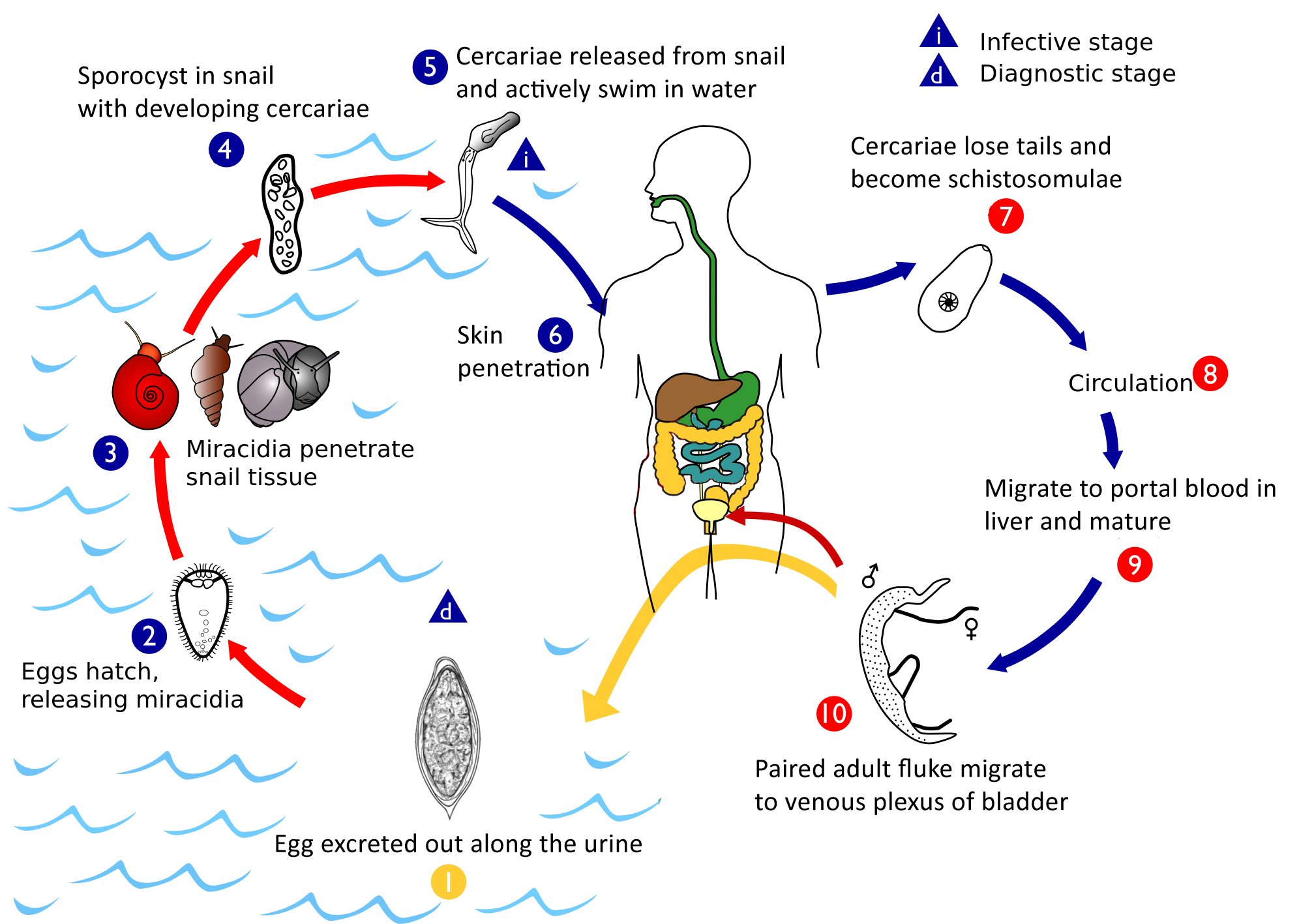|
Urophilia
Urolagnia, also known as urophilia, is a paraphilia in which sexual excitement is associated with urine or urination. Etymologically, the term comes from the Greek , meaning 'urine', and , meaning 'lust'. A golden shower is slang for the practice of urinating on another person for sexual pleasure, while the term watersports is more inclusive of other sexual acts involving urine. Sexual acts may involve urine being ingested or bathed in, urinating on another person or item (such as bedwetting), and self-soiling. Other expressions of urolagnia may primarily involve the smell of urine. Omorashi, a fetish for having a full bladder or someone else experiencing the discomfort or pain of a full bladder, is sometimes considered part of urolagnia. Frequency A 2007 study counted members of Internet discussion groups with the word fetish in their name; of the groups about body parts or features, 9% belonged to groups about body fluids (including but not limited to urolagnia). Jennifer ... [...More Info...] [...Related Items...] OR: [Wikipedia] [Google] [Baidu] |
Sexual Fetishism
Sexual fetishism is a sexual fixation on an object or a body part. The object of interest is called the fetish; the person who has a fetish is a fetishist. A sexual fetish may be regarded as a mental disorder if it causes significant psychosocial distress for the person or has detrimental effects on important areas of their life. Sexual arousal from a particular body part can be further classified as partialism. While medical definitions restrict the term ''sexual fetishism'' to objects or body parts, ''fetish'' can, in common discourse, also refer to sexual interest in specific activities, peoples, types of people, substances, or situations. Definitions In common parlance, the word ''fetish'' is used to refer to any sexually arousing stimuli, not all of which meet the medical criteria for fetishism. This broader usage of ''fetish'' covers parts or features of the body (including obesity and body modifications), objects, situations and activities (such as smoking or BDSM) ... [...More Info...] [...Related Items...] OR: [Wikipedia] [Google] [Baidu] |
Paraphilia
A paraphilia is an experience of recurring or intense sexual arousal to atypical objects, places, situations, fantasies, behaviors, or individuals. It has also been defined as a sexual interest in anything other than a legally consenting human partner. Paraphilias are contrasted with normophilic ("normal") sexual interests, although the definition of what makes a sexual interest normal or atypical remains controversial. The exact number and taxonomy of paraphilia is under debate; Anil Aggrawal has listed as many as 549 List of paraphilias, types of paraphilias. Several sub-classifications of paraphilia have been proposed; some argue that a fully dimensional, spectrum, or complaint-oriented approach would better reflect the evident diversity of human sexuality. Although paraphilias were believed in the 20th century to be rare among the general population, subsequent research has indicated that paraphilic interests are relatively common. Etymology Coinage of the term ''paraphil ... [...More Info...] [...Related Items...] OR: [Wikipedia] [Google] [Baidu] |
Other Specified Paraphilic Disorder
Other specified paraphilic disorder is the term used by the fifth edition of the ''Diagnostic and Statistical Manual of Mental Disorders'' (DSM-5) to refer to any of the many other paraphilic disorders that are not explicitly named in the manual. Along with unspecified paraphilic disorder, it replaced the DSM-IV-TR category paraphilia not otherwise specified (PNOS). In the revised DSM-5-TR published in 2022 no changes have been made regarding ''Other specified paraphilic disorder''. Examples listed by the DSM-5 are telephone scatologia, necrophilia, zoophilia, coprophilia, klismaphilia, and urophilia. Partialism was considered a Paraphilia NOS in the DSM-IV, but was subsumed into fetishistic disorder by the DSM-5. In order to be diagnosable, the interest must be recurrent and intense, present for at least six months, and cause marked distress or impairment in important areas of functioning. When a specific paraphilic disorder cannot be identified or the clinician chooses not to ... [...More Info...] [...Related Items...] OR: [Wikipedia] [Google] [Baidu] |
Stocking
Stockings (also known as hose, especially in a historical context) are close-fitting, variously elastic garments covering the leg from the foot up to the knee or possibly part or all of the thigh. Stockings vary in color, design, and transparency. Today, stockings are primarily worn for fashion and aesthetics, usually in association with mid-length or short skirts. History Historically, even though the word ''sock'' is at least as ancient in origin, what men normally wore in the medieval period were referred to as hose. The word ''stock'' used to refer to the bottom "stump" part of the body, and by analogy the word was used to refer to the one-piece covering of the lower trunk and limbs of the 15th century—essentially tights consisting of the ''upper-stocks'' (later to be worn separately as knee breeches) and ''nether-stocks'' (later to be worn separately as ''stockings''). (See Hose.) In 1560, the merchant Thomas Gresham tried to buy silk hose ("sylke howsse") for ... [...More Info...] [...Related Items...] OR: [Wikipedia] [Google] [Baidu] |
Feathers
Feathers are epidermis (zoology), epidermal growths that form a distinctive outer covering, or plumage, on both Bird, avian (bird) and some non-avian dinosaurs and other archosaurs. They are the most complex integumentary structures found in vertebrates and an example of a complex evolutionary novelty. They are among the characteristics that distinguish the extant Aves, birds from other living groups. Although feathers cover most of the bird's body, they arise only from certain well-defined tracts on the skin. They aid in flight, thermal insulation, and waterproofing. In addition, coloration helps in communication and crypsis, protection. The study of feathers is called plumology (or plumage science). People use feathers in many ways that are practical, cultural, and religious. Feathers are both soft and excellent at trapping heat; thus, they are sometimes used in high-class bedding, especially pillows, blankets, and mattresses. They are also used as filling for winter clothi ... [...More Info...] [...Related Items...] OR: [Wikipedia] [Google] [Baidu] |
Handkerchief Code
The handkerchief code (also known as the hanky/hankie code, the bandana/bandanna code, and flagging) is a system of color-coded cloth handkerchief or bandanas for non-verbally communicating one's interests in sexual activities and fetishes. The color of the handkerchief identifies a particular activity, and the pocket it is worn in (left or right) identifies the wearer's preferred role in that activity. Wearing a handkerchief on the left side of the body typically indicates one is a "top" (considered ''active'' in the act/fetish indicated by the color of the handkerchief) while wearing it on the right side of the body would indicate one is a "bottom" (considered ''passive'' in it). For example, a dark blue handkerchief indicates an interest in anal sex, and wearing it in the left pocket indicates a preference for being the penetrating partner. The code was first used in the 1970s in the United States, Canada, Australia, and Europe, by gay and bisexual men seeking casual sex or ... [...More Info...] [...Related Items...] OR: [Wikipedia] [Google] [Baidu] |
Larry Townsend
Larry Townsend (27 October 1930 – 29 July 2008) was the American author of dozens of books including ''Run, Little Leather Boy'' (1970) and ''The Leatherman's Handbook'' (1972), published by pioneer erotic presses such as Greenleaf Classics and the Other Traveler imprint of Olympia Press. ''Leatherman's Handbook'', with illustrations by Sean, was among the first books to popularize BDSM and kink among the general public. Biography Born Michael Lawrence Townsend, he grew up as a teenager in Los Angeles, where his neighbors included Noël Coward, Irene Dunne, and Laura Hope Crews. He attended the Peddie School and was stationed as Staff Sergeant in charge of NCOIC Operations of Air Intelligence Squadrons from 1950 through 1954 with the United States Air Force in Germany.Laird, Cynthia"Obituaries: Leather author Larry Townsend dies" '' Bay Area Reporter'', August 6, 2008. Accessed July 23, 2019. Completing his tour of duty, he entered into the small, underground LA leather ... [...More Info...] [...Related Items...] OR: [Wikipedia] [Google] [Baidu] |
Schistosoma Haematobium
''Schistosoma haematobium'' (urinary blood fluke) is a species of digenetic trematode, belonging to a group (genus) of blood flukes (''Schistosoma''). It is found in Africa and the Middle East. It is the major agent of schistosomiasis, the most prevalent parasitic infection in humans. It is the only blood fluke that infects the urinary tract, causing urinary schistosomiasis, and is a leading cause of bladder cancer (only next to tobacco smoking). The diseases are caused by the eggs. Adults are found in the venous plexuses around the urinary bladder and the released eggs travel to the wall of the urine bladder causing haematuria and fibrosis of the bladder. The bladder becomes calcified, and there is increased pressure on ureters and kidneys otherwise known as hydronephrosis. Inflammation of the genitals due to ''S. haematobium'' may contribute to the propagation of HIV. ''S. haematobium'' was the first blood fluke discovered. Theodor Bilharz, a German surgeon working in Cai ... [...More Info...] [...Related Items...] OR: [Wikipedia] [Google] [Baidu] |
ICD-11
The ICD-11 is the eleventh revision of the International Classification of Diseases (ICD). It replaces the ICD-10 as the global standard for recording health information and causes of death. The ICD is developed and annually updated by the World Health Organization (WHO). Development of the ICD-11 started in 2007 and spanned over a decade of work, involving over 300 specialists from 55 countries divided into 30 work groups, with an additional 10,000 proposals from people all over the world. Following an alpha version in May 2011 and a Beta version, beta draft in May 2012, a stable version of the ICD-11 was released on 18 June 2018, and officially endorsed by all WHO members during the 72nd World Health Assembly on 25 May 2019. The ICD-11 is a large ontology consisting of about 85,000 entities, also called classes or nodes. An entity can be anything that is relevant to health care. It usually represents a disease or a pathogen, but it can also be an isolated symptom or (developmenta ... [...More Info...] [...Related Items...] OR: [Wikipedia] [Google] [Baidu] |
World Health Organization
The World Health Organization (WHO) is a list of specialized agencies of the United Nations, specialized agency of the United Nations which coordinates responses to international public health issues and emergencies. It is headquartered in Geneva, Switzerland, and has 6 regional offices and 150 field offices worldwide. Only sovereign states are eligible to join, and it is the largest intergovernmental health organization at the international level. The WHO's purpose is to achieve the highest possible level of health for all the world's people, defining health as "a state of complete physical, mental and social well-being and not merely the absence of disease or infirmity." The main functions of the World Health Organization include promoting the control of epidemic and endemic diseases; providing and improving the teaching and training in public health, the medical treatment of disease, and related matters; and promoting the establishment of international standards for biologic ... [...More Info...] [...Related Items...] OR: [Wikipedia] [Google] [Baidu] |







